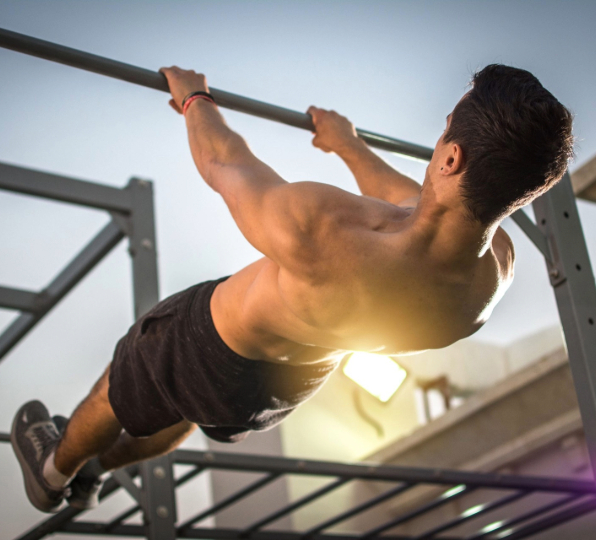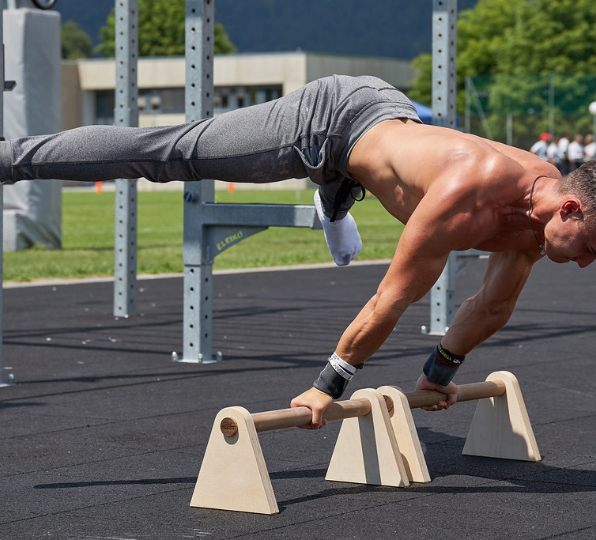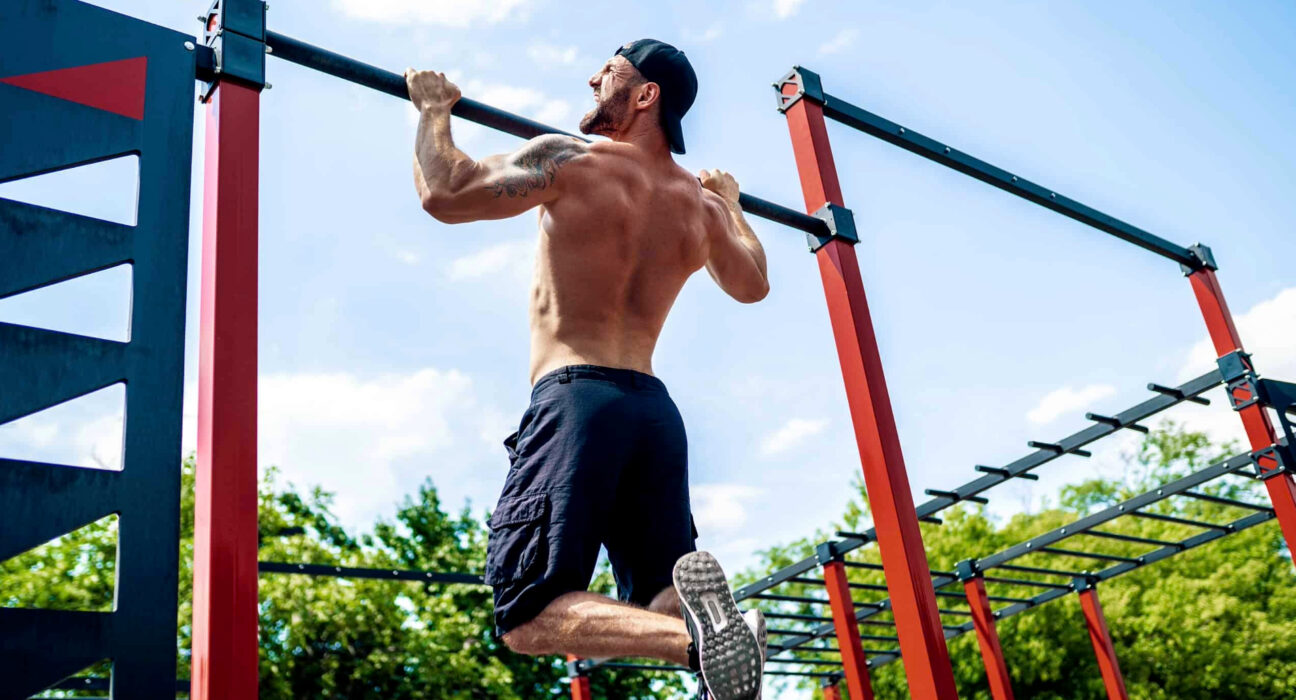Introduction:
Outdoor calisthenics is a fitness approach that harnesses the power of natural surroundings to create a dynamic and effective bodyweight training experience. Unlike traditional gym workouts that rely on machines and equipment, outdoor calisthenics leverages the environment itself, utilizing structures like playgrounds, parks, and urban landscapes to sculpt and strengthen the body. In this exploration, we delve into the world of outdoor calisthenics, uncovering the benefits, exercises, and strategies for making the most of your surroundings in this versatile and accessible form of exercise.
1. Embracing Nature’s Gym
Outdoor calisthenics invites individuals to embrace the concept of nature’s gym, transforming ordinary outdoor spaces into personalized fitness zones. Whether it’s a local park, a beach, or even a quiet alley, the environment becomes a playground for bodyweight exercises, offering an engaging and refreshing alternative to the confines of indoor workouts.
2. Accessibility and Inclusivity
One of the key advantages of outdoor calisthenics is its accessibility. No expensive gym memberships or specialized equipment are required. Nearly anyone can engage in this form of exercise, making it inclusive and welcoming to individuals of all fitness levels and backgrounds. All that’s needed is an open space and a willingness to explore one’s physical capabilities
3.Utilizing Urban Structures
Urban landscapes provide an array of structures that can be repurposed for bodyweight exercises. Benches, railings, stairs, and even walls become tools for performing a variety of calisthenics movements. This adaptability allows for creativity in designing workouts and ensures that the environment itself becomes an integral part of the fitness routine.
4.Benefits of Outdoor Calisthenics
Outdoor calisthenics offers a range of benefits that extend beyond physical fitness. The exposure to fresh air and natural light contributes to mental well-being, while the varied and uneven terrain engages stabilizing muscles, enhancing overall functional strength. Additionally, the sense of freedom and connection with nature can make workouts more enjoyable and sustainable
5.Bodyweight Mastery
Calisthenics focuses on using the body’s own weight as resistance, emphasizing control and mastery of movement. Exercises such as push-ups, pull-ups, dips, and squats become foundational components of outdoor calisthenics routines. This emphasis on bodyweight mastery fosters improved strength, endurance, and flexibility.
6. Versatility in Exercises
The versatility of outdoor calisthenics allows for a diverse range of exercises that target various muscle groups. From the simplicity of lunges on a trail to the challenge of performing muscle-ups on a horizontal bar, individuals can tailor their workouts to their fitness goals and preferences.
7. Engaging Core Muscles
Many calisthenics exercises inherently engage the core muscles, promoting a strong and stable midsection. Movements like hanging leg raises, planks, and L-sits require core activation, contributing to improved posture and reduced risk of lower back pain.
8. Enhanced Functional Fitness
Outdoor calisthenics promotes functional fitness by incorporating movements that mimic real-life activities. Climbing, jumping, and balancing exercises not only build strength but also enhance agility and coordination, translating into improved performance in daily tasks and recreational activities.
9. Social Connection
Exercising outdoors often creates opportunities for social interaction. Parks and public spaces become communal hubs for like-minded individuals, fostering a sense of community and support. Shared workout spaces can lead to spontaneous collaborations, with individuals sharing tips, techniques, and motivation.
10.Adaptable to All Fitness Levels
Whether you are a fitness novice or an experienced athlete, outdoor calisthenics can be adapted to suit your fitness level. Beginners may start with basic movements, gradually progressing as strength and confidence increase. Advanced practitioners can challenge themselves with more complex exercises and advanced variations.
11.Incorporating Cardiovascular Training
Outdoor calisthenics seamlessly integrates cardiovascular training into the routine. Activities like running, sprinting, or incorporating high-intensity interval training (HIIT) with bodyweight exercises elevate the heart rate, contributing to improved cardiovascular health and endurance.
12.Personalized and Scalable Workouts
Outdoor calisthenics provides the freedom to design personalized workouts that suit individual preferences and goals. Whether focusing on strength, endurance, or a combination of both, the outdoor environment offers a dynamic canvas for crafting scalable and adaptable workout routine.


Conclusion:
In conclusion, the benefits of barefoot training extend far beyond the simplicity of going shoeless during exercise. From the enhanced proprioception and improved balance to the strengthening of foot muscles and heightened sensory feedback, the advantages are both diverse and profound. While barefoot training may not be suitable for every individual or type of workout, incorporating it gradually and mindfully into your fitness routine can unlock a range of benefits for overall well-being and athletic performance. As with any fitness approach, it’s essential to listen to your body, start slowly, and allow time for adaptation to the unique demands of exercising without shoes. Embrace the freedom, connect with the ground, and discover the transformative power of going barefoot in your fitness journey.












